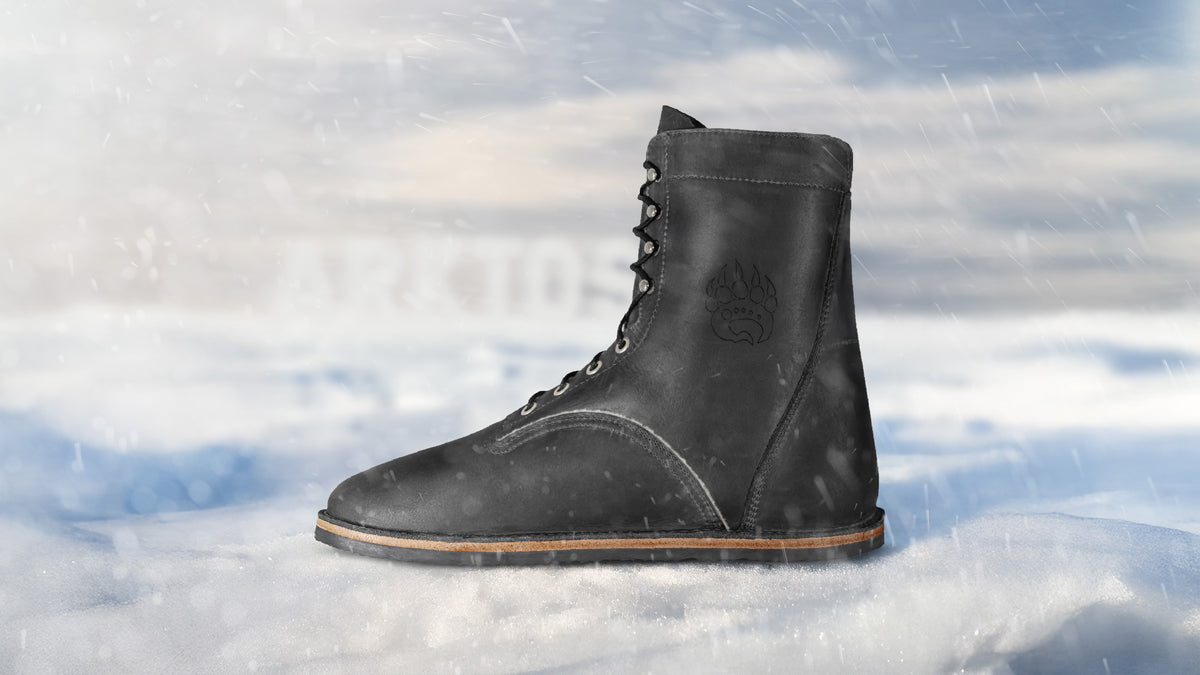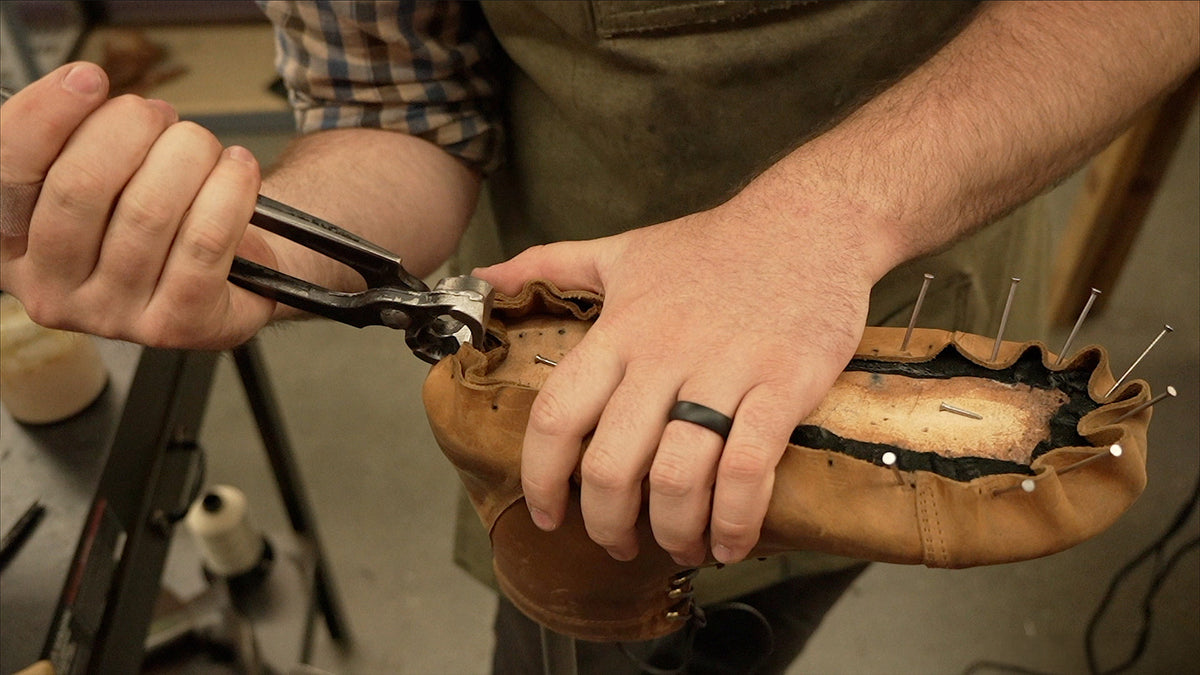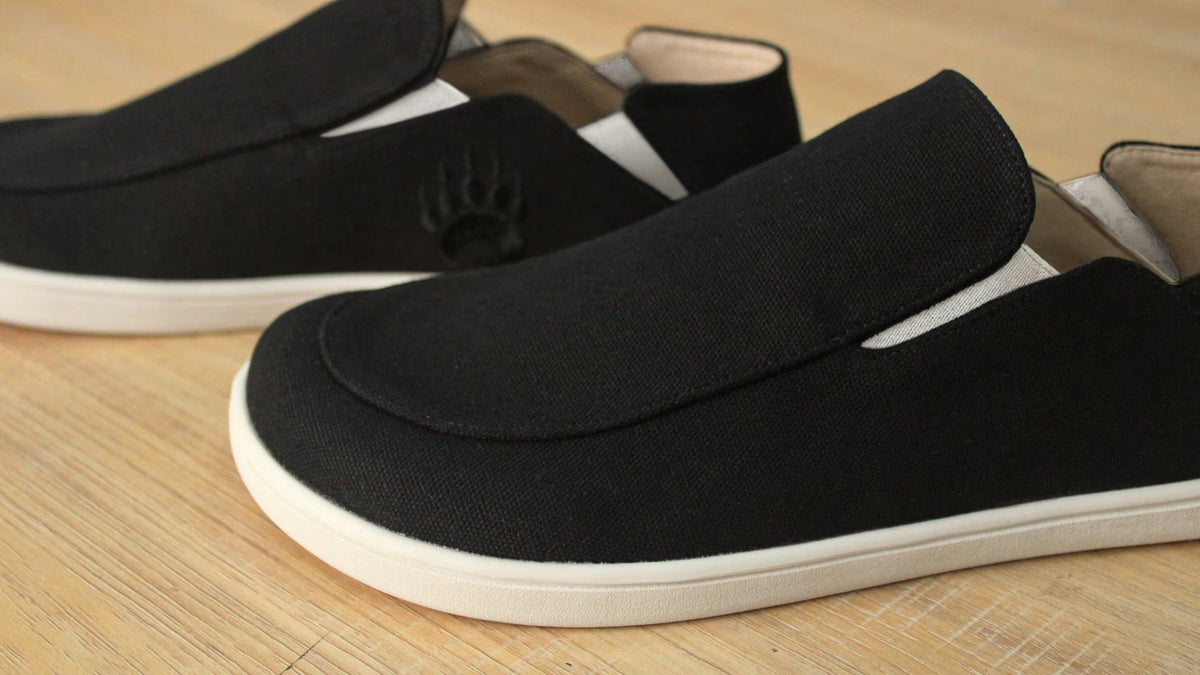The Science of Staying Warm: Why Barefoot Shoes Excel in Cold Weather
Rethinking Warmth: Minimalism Meets Winter
When most people think about winter footwear, they imagine thick, insulated boots packed with padding and lining. The idea of wearing minimalist or “barefoot” shoes in cold weather might seem counterintuitive—even reckless.
Yet, research into human thermoregulation, circulation, and foot biomechanics suggests there’s more nuance to staying warm than insulation alone. While barefoot shoes won’t replace thermal boots in extreme cold, a properly designed minimalist shoe can support better circulation, moisture management, and balance—key factors in real-world comfort during cold conditions.
The Circulation Connection
Tight, narrow, or heeled footwear can reduce blood flow to the feet, increasing the likelihood of cold toes even when insulation is high. A study in the Journal of Applied Physiology notes that peripheral vasoconstriction—the narrowing of blood vessels in the extremities—plays a major role in cold-induced discomfort and numbness, particularly when pressure or compression is applied to the foot (Cheung & Sleivert, 2004).
Barefoot shoes, with wide toe boxes and zero-drop soles, reduce compressive forces on blood vessels and allow the toes to spread naturally. While no direct study proves that minimalist footwear “increases circulation,” it’s physiologically consistent that less compression equals freer blood flow, which supports warmth in mild-to-moderate cold exposure.
Muscle Activation and Heat Generation
It’s true that contracting muscles produce heat—called metabolic thermogenesis. Research confirms that active muscles help maintain local temperature (O’Brien, 2005). However, the small intrinsic muscles of the feet contribute minimally compared to large muscle groups like the calves or thighs.
What minimalist footwear does encourage is greater muscular engagement during movement. Studies show that walking or running in minimal shoes increases activation of the intrinsic foot muscles (Ridge et al., 2019). While this likely adds some warmth during activity, it’s not a substitute for insulation. Instead, it means your feet stay active and mobile—less prone to the “dead weight” coldness common in overly stiff, insulated boots.
The Moisture Management Factor
One of the most overlooked causes of cold feet isn’t lack of insulation—it’s moisture buildup. Sweat accumulation inside sealed footwear dramatically reduces thermal insulation and can even accelerate heat loss (Kuklane et al., 1998).
Minimalist shoes, especially those using breathable natural materials like leather and wool, can excel in moisture regulation. Breathable uppers help maintain a more consistent microclimate inside the shoe. When paired with warm socks, this can keep feet drier—and often warmer—than heavy, non-breathable boots once activity begins.
Proprioception and Stability on Winter Terrain
Barefoot-style footwear maintains close ground contact and better sensory feedback—a property known as proprioception. While evidence is mixed, some studies show that increased plantar feedback can improve balance and gait control (Waddington et al., 2012), which is valuable on slippery or uneven surfaces.
Traditional winter boots with thick, rigid soles often dull sensory input, increasing the likelihood of missteps. Barefoot shoes can help wearers make faster, more precise adjustments, though traction quality ultimately depends on outsole material and tread design—not thinness alone.
Real-World Experience
Peer-reviewed data on barefoot footwear in cold weather is limited, but real-world feedback offers consistent themes:
- Improved comfort and foot mobility in mild-to-moderate winter conditions.
- Better balance and sensory awareness on variable terrain.
- Reduced sweating compared to sealed, insulated boots.
However, most users also note that in sub-freezing or prolonged cold exposure, minimalist shoes require thermal socks or liners for adequate protection—especially when standing still for long periods.
The Bearfoot Approach: Natural Warmth, Engineered Protection
Bearfoot’s winter-ready designs, such as the Arktos, apply these physiological principles to real-world construction. Built with:
- A wide toe box to reduce vascular compression and maintain circulation
- A zero-drop, flexible platform that promotes muscle engagement
- Natural cowhide and merino wool lining for breathable insulation and moisture control
- A Vibram® 8870 Newflex outsole for reliable traction
Rather than relying on bulk insulation, the Arktos works with your body’s natural systems—keeping your feet mobile, dry, and grounded.
Transitioning Safely
Switching to minimalist footwear requires adaptation. Studies show that foot muscle strength can increase by over 50% after several months of daily use (Hollander et al., 2017). Start gradually—especially in cold weather—to allow circulation and tissue conditioning to improve naturally.
Over time, you’ll likely notice not just stronger feet, but a different kind of warmth: one generated by your own movement and freedom, not trapped insulation.
The Takeaway
The science doesn’t claim that barefoot shoes are “warmer” than insulated boots—but it does support the idea that freer circulation, active muscles, and dry conditions play vital roles in maintaining comfort and warmth.
In other words, barefoot footwear doesn’t defy physics—it just lets biology do more of the work.
References
- Cheung, S.S., & Sleivert, G.G. (2004). Multiple triggers for hyperthermic fatigue and exhaustion. Journal of Applied Physiology.
- O’Brien, C. (2005). Metabolic responses to cold exposure in humans. Temperature Regulation and Metabolism Review.
- Ridge, S.T. et al. (2019). Daily activity in minimal footwear increases foot strength. Frontiers in Sports and Active Living.
- Kuklane, K. et al. (1998). Protective footwear in cold environments: effects of moisture and insulation. Applied Ergonomics.
- Waddington, G., Adams, R., & Jones, A. (2012). Barefoot or minimalist footwear: balance and proprioception effects. Journal of Foot and Ankle Research.
- Hollander, K. et al. (2017). Transitioning to minimal footwear increases intrinsic foot strength: a systematic review. Journal of Foot and Ankle Research.



